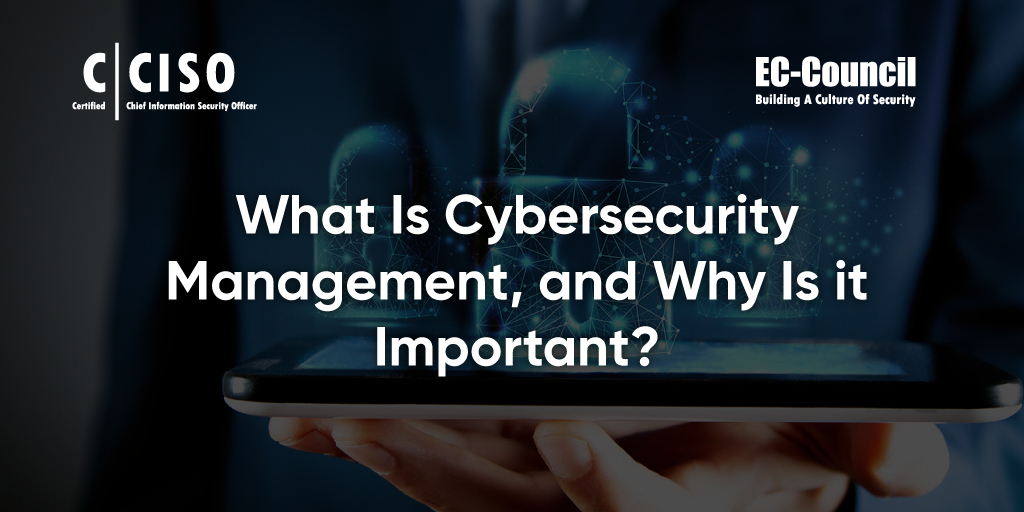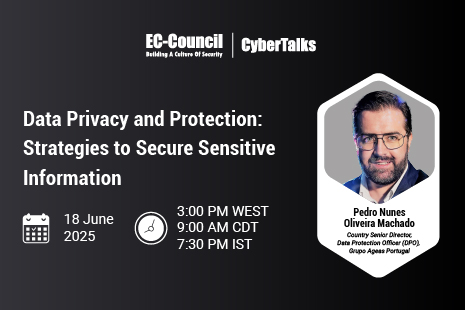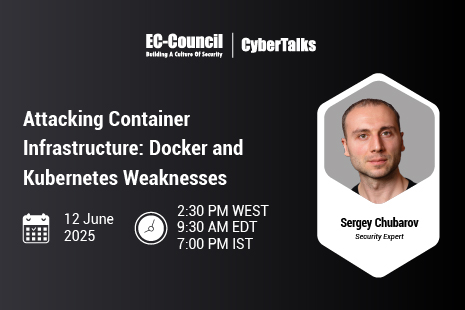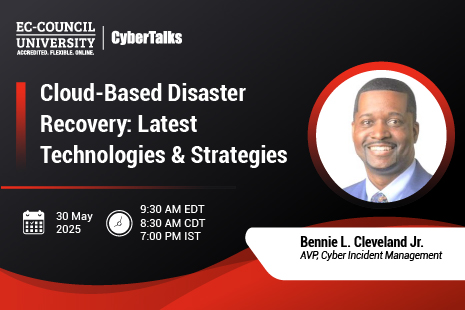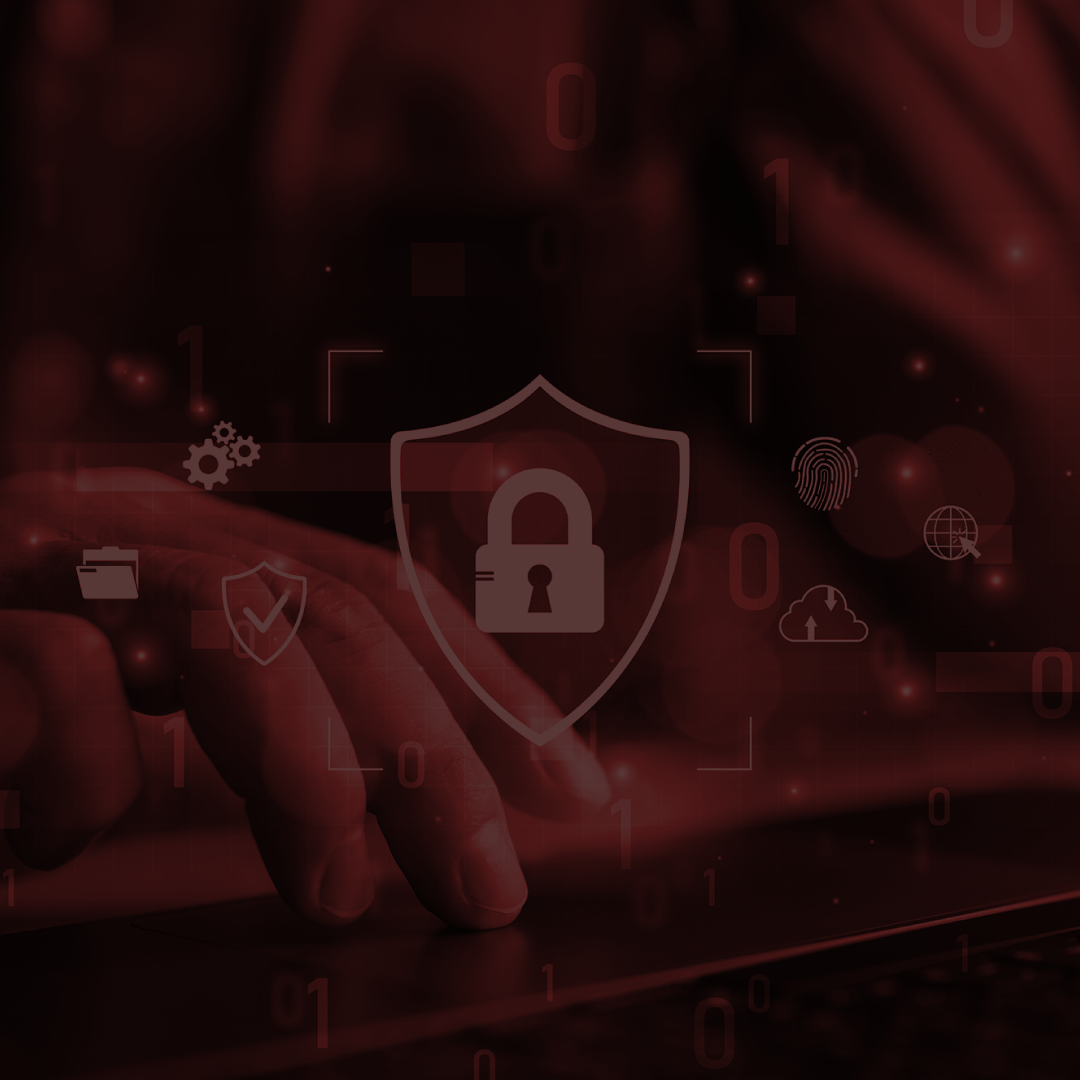Globally, cyberattacks increased by 75% in 2024 compared to 2023, reaching an all-time peak in Q3, as companies experienced an average of 1,876 attacks per week (Check Point, 2024). Businesses are under relentless assault and can only keep their data safe by investing in a sophisticated cybersecurity management strategy.
In 2024, security accounted for 13.2% of IT budgets, up from 8.6% in 2020, reflecting a heightened awareness of cybersecurity, which is now seen as a core component of business strategy, particularly in industries like financial services and technology (Uliss, 2024). Many companies appoint a dedicated board member—the Chief Information Security Officer (CISO)—to oversee their cybersecurity management strategy.
What Is Cybersecurity Management?
Modern organizations often have complicated IT infrastructures. The typical tech stack includes a mix of on-premises and cloud services, so staff members might log in from the office or home. This complexity can create new attack vectors for cybercriminals and raise new data security risks for organizations.
Cybersecurity management is about creating and implementing a unified data security strategy so that data remains safe no matter how the company’s infrastructure evolves.
The CISO or another senior infosec executive will develop a cybersecurity management strategy that covers everything, including:
- Technology: Overseeing the primary security architecture, including hardware and software, as well as assessing any new services for potential vulnerabilities
- Infrastructure: Guiding decisions on changes to the IT infrastructure, which involves a balance between flexibility and stability
- Personnel: Educating users about security best practices. People are often the weakest link in an organization, but with knowledgeable support, they can do their part to prevent cybercrime
- Incident response: Identifying and resolving issues as quickly as possible, assessing the extent of the breach, and mitigating damage
- Business strategy: Working with other senior leaders to deliver a long-term strategy as the company grows, while avoiding any increase in cyber risk Cybersecurity management is about more than just making sure the firewalls are functional; it’s about nurturing a safety-first organizational culture that makes security a priority.
What Is the Importance of Cybersecurity Management?
The Global Risks Report 2024 highlights cyber insecurity as one of the top 10 global concerns over the next decade, after extreme weather events and AI-generated adverse outcomes (World Economic Forum, 2024).
Businesses are concerned about cybersecurity management for several reasons, including:
- Excessive cost of incident response: In 2024, the average data breach cost involving compromised credentials was $4.81 million, which happened in 16% of the breach cases studied. (IBM, n.d.).
- Slow response to cybersecurity incidents: Businesses sometimes don’t realize they have experienced an attack until months later. On average, in 2024, credential-based attacks took the longest to identify—292 days, and the longest to resolve—287 days (IBM, n.d.).
- Risk of extortion or espionage: Organized criminal gangs target large organizations so they can steal valuable data or demand a ransom. Chinese hackers, dubbed Salt Typhoon, breached at least eight U.S. telecommunications providers, as well as telecom providers in more than twenty other countries (Centre for Strategic & International Studies, 2024).
- Reputational damage: People trust businesses with sensitive personal data. If cybercriminals steal that data, it destroys that sense of trust. One study showed that 3 in 4 consumers would stop purchasing from a brand if it suffered a cyber incident (Carufel, 2024).
- Business stability: Cybersecurity management is a life-or-death matter for most businesses. In December 2024, Thomas Cook India shut down its systems after hackers attacked its IT infrastructure (Mukherjee, 2024)
When cybersecurity management fails, the entire business can fail. Therefore, companies need to hire a talented CISO to avoid the catastrophic aftermath of a cyberattack.
What Is the CISO’s Role in Cybersecurity Management?
The CISO is responsible for keeping their company one step ahead of malicious hackers. This means overseeing operations, assessing risk factors, and implementing policy changes on a day-to-day basis. You’ll work with people from every business function to learn about the data needs in each department and ensure that the cybersecurity management strategy is right for your organization.
A CISO’s typical workload includes:
1. Governance, risk, and compliance
A CISO is responsible for all aspects of data governance, which includes the cybersecurity management team structure. They also oversee the frameworks for assessing cybersecurity risk management and ensure that everything is compliant with applicable laws.
2. Information security controls and audit management
Each organization needs an internal controls framework to help implement data security management. The CISO oversees the technology and best practices that make up such controls. They will also implement an audit program to help identify potential breaches.
3. Security program management and operations
The CISO defines the culture of the entire cybersecurity management team. They are responsible for laying out a mission statement, communicating policy, and ensuring a suitable team structure to deliver the strategy.
4. Dealing with cybersecurity issues
CISOs need excellent technical knowledge to get involved in major cybersecurity issues. This may involve overseeing the response to a data breach or patching a known vulnerability.
5. Strategic planning and finance
Finally, a CISO must deal with organizational issues similar to those dealt by executive leaders. This means balancing the departmental budget and working with other leaders to develop a business strategy.
How CISO Training Can Help You Become a Chief Information Security Officer
As a CISO, you’ll have a chance to make a real difference to your company’s cybersecurity management strategy, and thus, you can also expect a healthy rewards package. On average, a CISO in the United States earns $339,489 (Salary.com, 2025).
You’ll need an extensive track record in cybersecurity management to secure a position as a CISO or other senior infosec executive role. This means having expert-level cybersecurity knowledge, including threat analysis and security architecture. You will also need
management skills, including communication, delegation, and the ability to create high-level strategies.
If you’re ready to move into senior leadership, you can level up your career with the Certified Chief Information Security Officer Program (C|CISO) program from EC-Council. This certification builds on your existing knowledge of cybersecurity management and teaches you what you’ll need to know to succeed in executive leadership.
Seasoned CISOs developed the C|CISO program to help you deliver the right cybersecurity management strategy for your company. Find out more about how the C|CISO certification can help you on your journey to the C-Suite.
References
Carufel, R. (2024, February 13). Security showdown: 3 in 4 consumers would stop purchasing from a brand if it suffered a cyber incident. Agility PR Solutions. https://www.agilitypr.com/pr-news/public-relations/security-showdown-3-in-4-consumers-would-stop-purchasing-from-a-brand-if-it-suffered-a-cyber-incident/
Center for Strategic & International Studies. (2024). Significant Cyber Incidents. https://www.csis.org/programs/strategic-technologies-program/significant-cyber-incidents
Check Point. (2024, October 18). A Closer Look at Q3 2024: 75% Surge in Cyber Attacks Worldwide. https://blog.checkpoint.com/research/a-closer-look-at-q3-2024-75-surge-in-cyber-attacks-worldwide/
IBM. (n.d.) Cost of a Data Breach Report 2024. https://www.ibm.com/downloads/documents/us-en/107a02e94948f4ec
Mukherjee, A. (2024, December 31). Thomas Cook shuts systems after cyber attack takes down IT infrastructure; probe underway. Mint. https://www.livemint.com/companies/news/thomas-cook-shuts-systems-after-cyber-attack-takes-down-it-infrastructure-11735640407064.html
Salary.com. (2025). Chief Information Security Officer Salary in the United States. https://www.salary.com/tools/salary-calculator/chief-information-security-officer
Uliss, R. (2024, September 26). The Cost of Good Security: Analyzing 2024’s Cyber Budget Trends. The National CIO Review. https://nationalcioreview.com/articles-insights/information-security/the-cost-of-good-security-analyzing-2024s-cyber-budget-trends/


